The air seems dry inside new home
Gabe Cascadia
last month
Related Stories
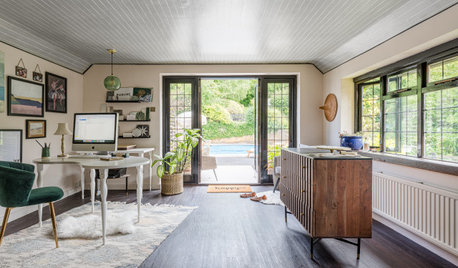
HOUZZ TV LIVEPeek Inside an Interior Designer’s Stylish Home
In this video, Emma Merry takes viewers through her updated laundry room, entryway, home office and boy’s bedroom
Full Story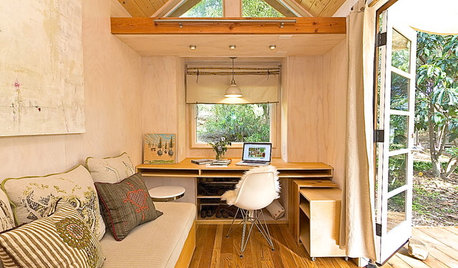
TINY HOUSESHouzz TV: Step Inside One Woman’s 140-Square-Foot Dream Home
You may have seen the story on Houzz — now check out the video tour of Vina Lustado’s warm and welcoming tiny house
Full Story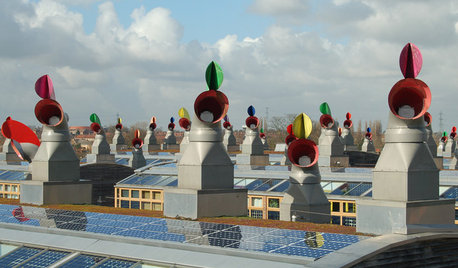
GREEN BUILDINGLife Without Air Conditioning? These Passively Cooled Homes Say Yes
Ever wish you could chuck that money-sucking air conditioner? Check out these homes that keep the air cool and flowing passively
Full Story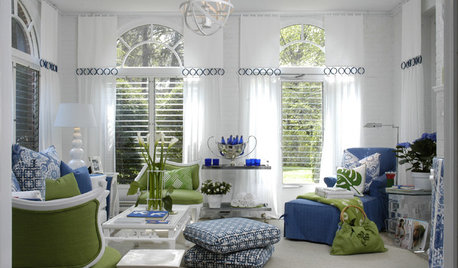
DECORATING GUIDES12 Ways to Cool Your Home Without Air Conditioning
If your summer energy bill is leaving you hot under the collar, consider these savvy alternate strategies for cooling down
Full Story
DISASTER PREP & RECOVERYHow to Make Your Home Safe and Dry After Flooding
Follow this expert advice to get your house ready for rebuilding while you consider your options
Full Story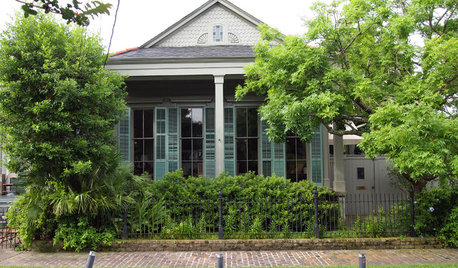
HOUZZ TOURSMy Houzz: Peek Inside an Artist’s Updated Shotgun Home and Studio
Gorgeous art and elegant style befit this New Orleans live-work property
Full Story
HOUZZ TVHouzz TV: Step Inside an Industrial-Chic Forever Home
See how a former commercial space becomes an art-filled dream home for 2
Full Story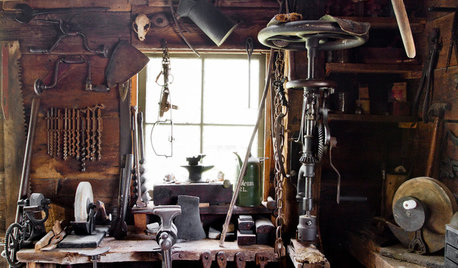
STUDIOS AND WORKSHOPSMy Houzz: Step Inside a Blacksmith’s Home Workshop
See how this New York homeowner repurposed an old structure to use as his blacksmithing hobby space
Full Story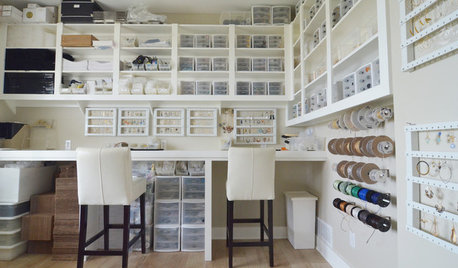
TASTEMAKERSStep Inside the Personalized Homes of 6 Jewelry Makers
See the artisans’ handiwork and inspired touches in these live-work spaces
Full Story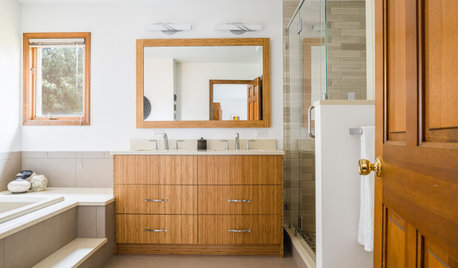
DATA WATCHSee What a Home’s Age Says About Remodeling Trends
Knowing some key details based on the year your home was built can help you plan for remodeling projects
Full Story





Elmer J Fudd
sktn77a
Related Professionals
Mesquite Solar Energy Systems · Sun Prairie Solar Energy Systems · Saratoga Springs Solar Energy Systems · Irvington Solar Energy Systems · Carlsbad Home Automation & Home Media · Chattanooga Home Automation & Home Media · Jamaica Plain Home Automation & Home Media · Laurel Home Automation & Home Media · Los Angeles Home Automation & Home Media · San Fernando Home Automation & Home Media · Windsor Locks Home Automation & Home Media · Walnut Creek Home Automation & Home Media · Dedham Electricians · Wellesley Electricians · La Palma FireplacesCharles Ross Homes
wdccruise
kevin9408
Elmer J Fudd
Elmer J Fudd
Gabe CascadiaOriginal Author
Gabe CascadiaOriginal Author
Charles Ross Homes
kevin9408
Charles Ross Homes
Gabe CascadiaOriginal Author
Gabe CascadiaOriginal Author
Charles Ross Homes
wdccruise
Gabe CascadiaOriginal Author
Charles Ross Homes
Elmer J Fudd
Gabe CascadiaOriginal Author
Charles Ross Homes
kevin9408
Elmer J Fudd